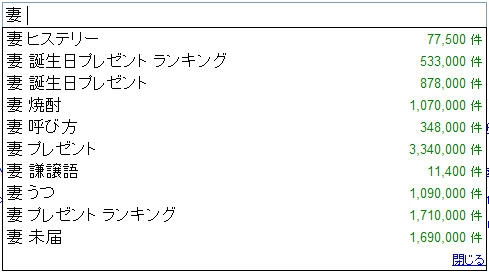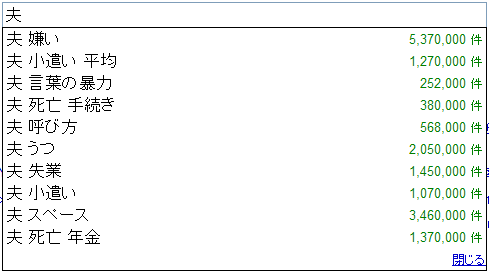Most of our readers are aware that, when written horizontally, Japanese is generally read left to right. When written vertically, as was the traditional method, paragraphs start on the right and each line is read down the page in order from right to left. Traditionally, though, Japanese and Chinese were both read right to left at all times, even when written horizontally.
The history behind this is kind of interesting. Here’s a timeline culled from the Japanese Wikipedia article on the subject.
* Traditionally, Japanese was written vertically, and lines were read from right to left. Horizontal writing only appeared on signs, and in those cases it was also read from right to left.
* Horizontal writing first appeared in print in the late 1700s as Dutch books were reprinted. (Dutch traders in Nagasaki were the only Europeans allowed in Japan at that time.) In 1806, a Japanese book was published in Japanese hiragana characters skewed to look like Latin characters and printed from left to right.
* In the first foreign language dictionaries printed in Japan, foreign words were written horizontally from left to right, while the Japanese words were written vertically from top to bottom. The first dictionary to have both foreign and Japanese words written horizontally came out in 1885, and both were written left to right.
* Japan’s first printed newspapers and advertisements had headlines and call-outs written horizontally from right to left.
* In July 1942, at the height of World War II, the Education Ministry proposed that horizontal writing be from left to right rather than from right to left. Although the left-to-right standard was showing up in some publications at the time, switching over entirely was a controversial idea which didn’t make it past Cabinet approval.
* The military also tried adopting left-to-right as an official standard during the war, but many people viewed this as too Anglo-American and refused to switch.
* Because of the patriotic zeal surrounding text direction during the war, there were cases of stores being pressed to switch text direction on their signage, and cases of newspapers refusing to print advertising with left-to-right text.
* After the war, Douglas MacArthur’s occupation team pushed for left-to-right text as an education modernization reform measure, along with the abolition of Chinese characters and other more extreme ideas.
* Yomiuri Shimbun was the first newspaper to switch text direction in its headlines, making the changeover on January 1, 1946. The Nikkei switched over by 1948.
* Japanese currency was first printed with left-to-right text in March 1948; before that, it had been printed right-to-left.
* Asahi Shimbun conducted some internal design experiments around 1950 to switch its front page to an all-horizontal, left-to-right format, but this never made it past the drawing board.
* In April 1952, the Chief Cabinet Secretary adopted a guideline that all ministry documents be written from left to right using horizontal text. Despite this, the courts kept vertical writing until January 1, 2001–the bar exam was also written vertically until that time–and the Diet itself continues to use vertical writing when publishing draft bills.
Right-to-left writing is still found in certain contexts. Sometimes it is used simply to appear more “traditional”: Wikipedia cites soba shops as a common culprit in this category. Another common context is vehicles such as trucks and ships; there, Japanese is often written from front to back, so on the right side of the vehicle it is written from right to left. Here’s an example which I spotted on a right-wing sound truck outside Odakyu in Shinjuku during my first trip to Tokyo, way back in 2000. Note that the text 愛国党, or “Patriot Party,” is written right-to-left on the side of the truck, but left-to-right on the back.

(Thanks to our commenter Peter for suggesting this topic.)



